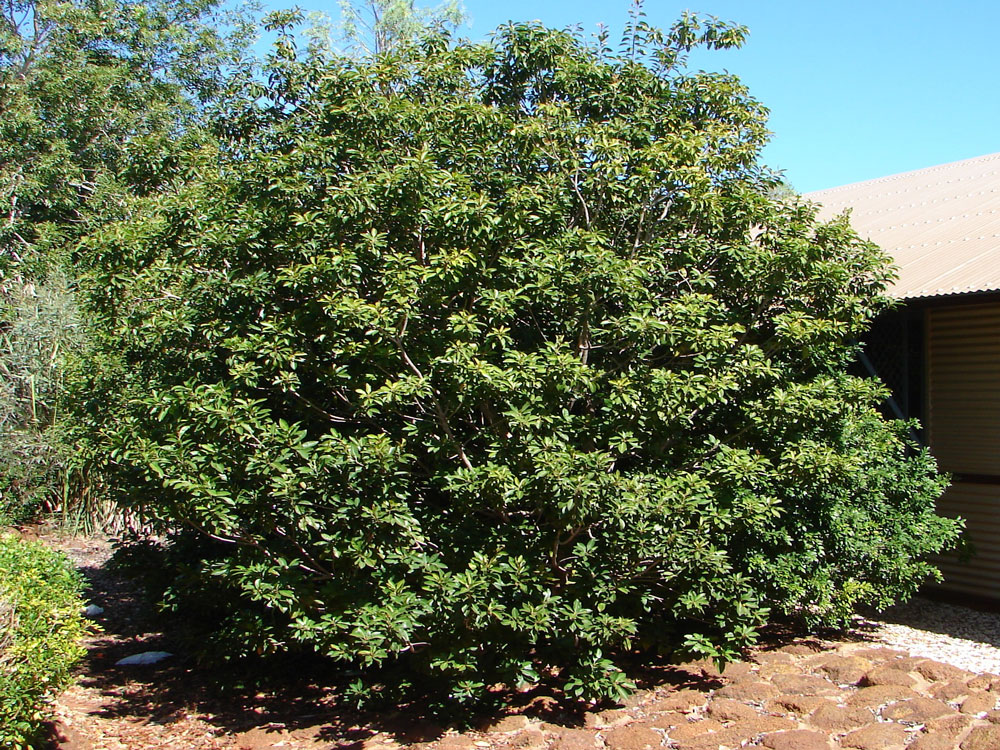Ranjal - Bakul Tree

Mimusops elengi
Summary
Scientific Classification
Kingdom: Plantae
Division: Angiospermae
Class: Dicotyledonae
Order: Ebenales
Family: Sapotaceae
Genus: Mimusops
Species: M.elengi
Scientific Name: Mimusops elengi L.
Common Names:
English: West Indian medlar,bullet wood, Asian bullet wood, Spanish cherry, Bakul tree.
Hindi: Maulsari, Bakul.
Kannada: Pokkalathu, Ranjal.
Marathi: Bakuli.
Description:
- Habit and habitat: Large evergreen trees up to 35 m tall.
- Distribution: India - Andaman & Nicobar Island, Assam, Madhya Pradesh, Manipur, Odisha, Tamil Nadu, Uttar Pradesh, Kamrup, Sivasagar, Barak Valley, Bongaigaon.
- Morphology:
Leaf: simple, alternate, spiral, stipulate; stipules lanceolate, caducous; petiole 15-40 mm long, slender, grooved above, pubescent; lamina 4-12 x 3.5-7.5 cm; elliptic or elliptic-oblong, base round or obtuse, apex obtuse to acuminate, margin entire, glabrous, coriaceous.
Inflorescence: In axillary fascicles.
Flower: Flowers white, in axillary fasicles; pedicel up to 2 cm.
Fruit: Berry, ellipsoid, reddish-brown when ripe.
Seed: seed solitary, oblong, shiny. Fruiting May onwards. Seed one. - Propagation: Through Seed.
- Importance:
The bark, leaves and flowers have been used for centuries in traditional Chinese medicine. The bark is still known as ‘Collective Happiness Bark’ and is used for cleansing the body’s energetic pathways (heart and liver meridians), allegedly providing a spiritual boost for those who take it. The bark is astringent, bitter and tonic. It is used in the treatment of diarrhoea and dysentery. The flowers are very aromatic and retain their fragrance for a long time after being dried. - Location: Botanical garden.
 Trees of GSS Project supported by Makerspace Belgaum Website concept and designe by
Trees of GSS Project supported by Makerspace Belgaum Website concept and designe by